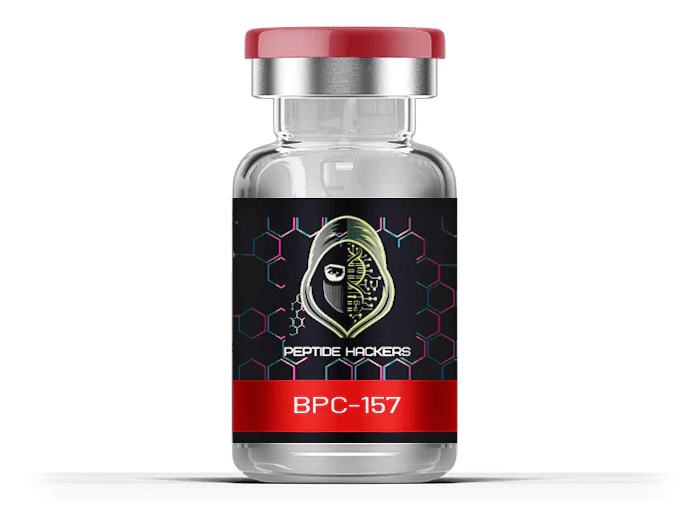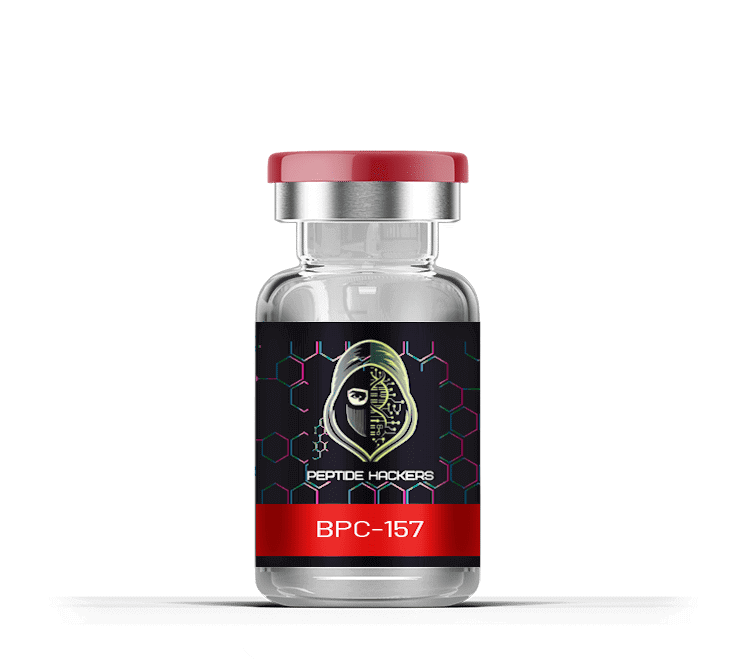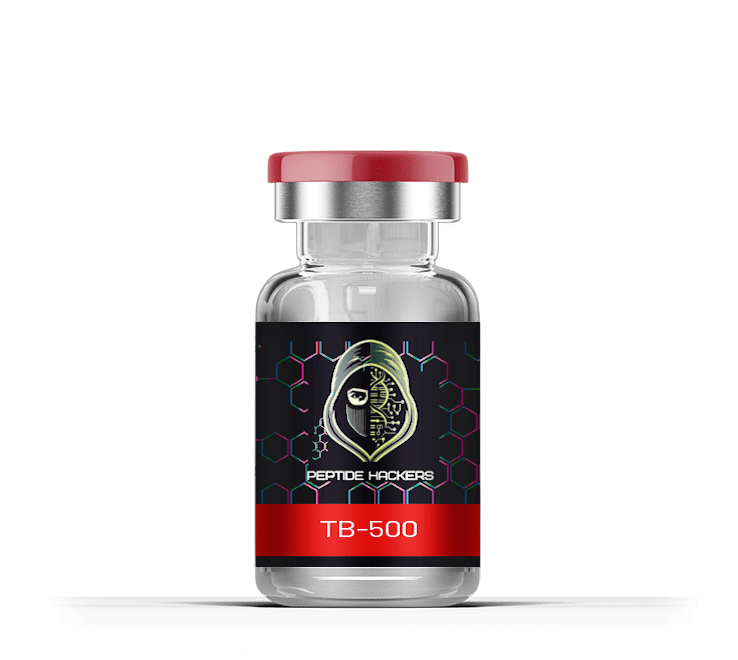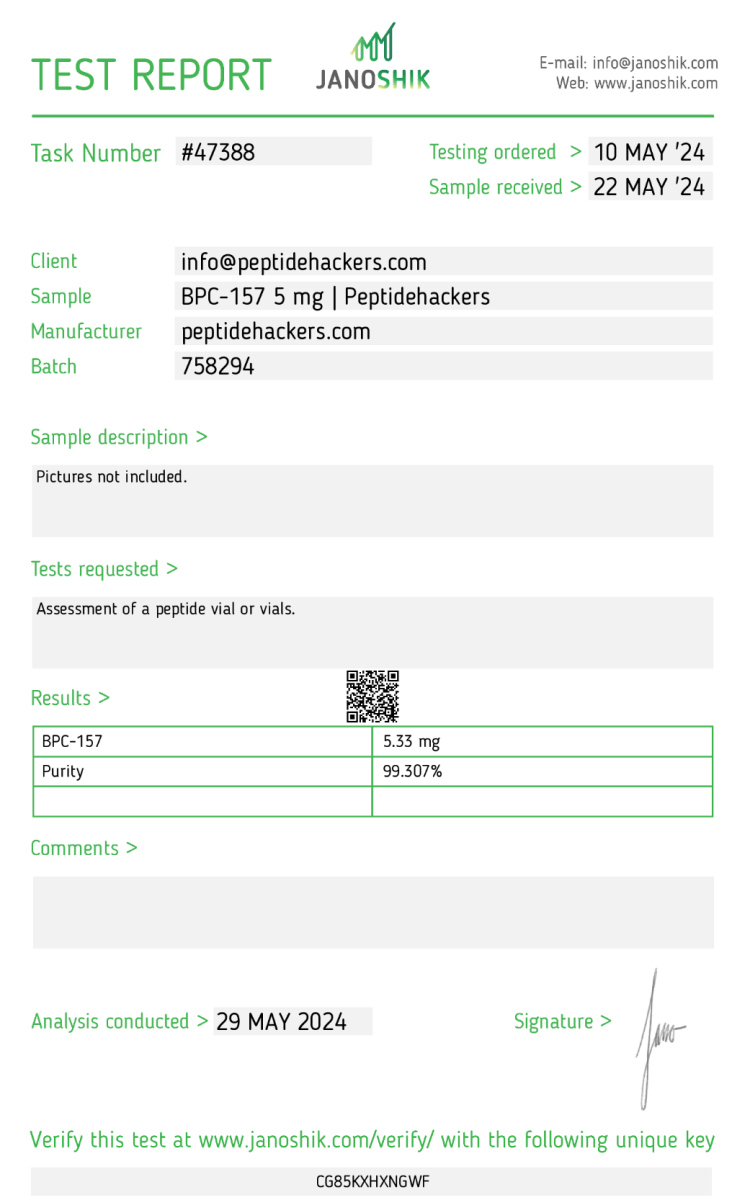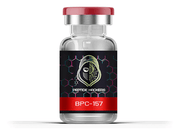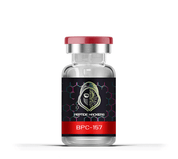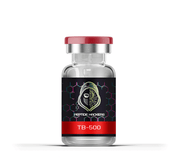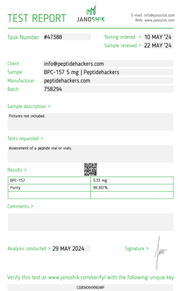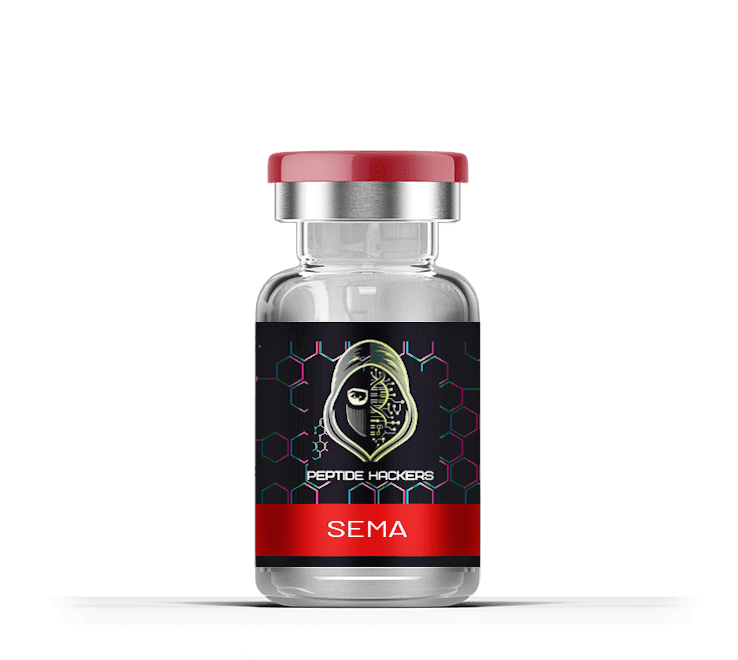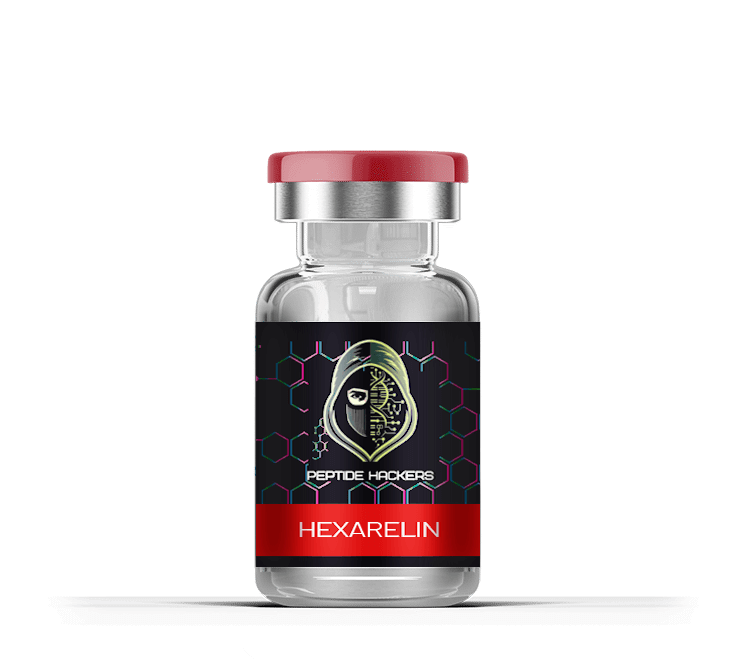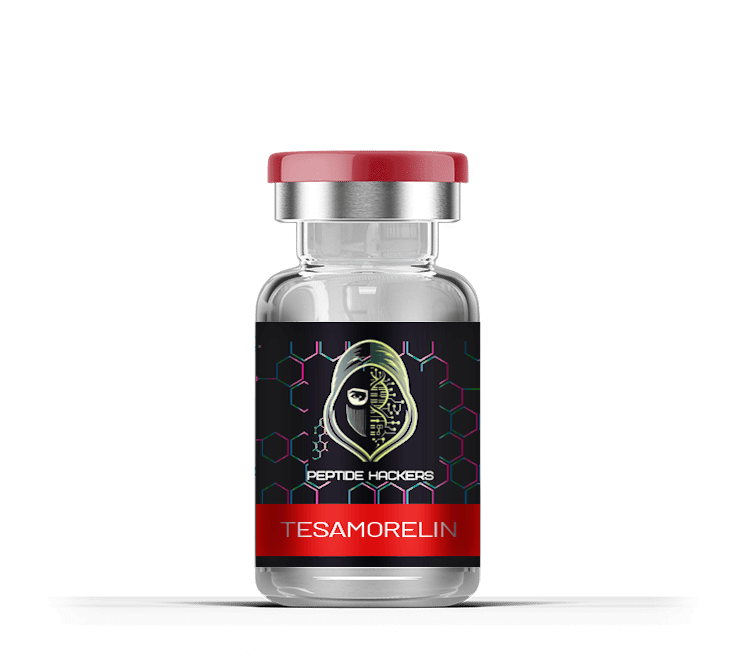BPC-157 Research Peptide - 10mg | 99% Pure | Laboratory Use Only
Shipping: We offer reliable shipping options both domestically and internationally. All orders are processed within 1-2 business days. Shipping times vary depending on your location, and you will receive a tracking number once your order has shipped. Please note that international customers are responsible for ensuring that peptide products comply with their country’s import regulations.
Returns: Due to the specialized nature of our products, we do not accept returns or exchanges. If you receive a damaged or incorrect item, please contact our customer support team within 7 days of delivery. We will work to resolve the issue as quickly as possible, either by sending a replacement or providing a refund if applicable. For additional questions about shipping or returns, please reach out to our support team.
BPC-157 Research Peptide: Laboratory Applications in Tissue Regeneration Studies
Introduction to BPC-157: A Synthetic Pentadecapeptide for Research
BPC-157 (Body Protection Compound-157) is a synthetic 15-amino acid peptide sequence derived from gastric proteins, extensively studied in laboratory settings for its effects on cellular mechanisms and tissue responses. This research compound, with the sequence Gly-Glu-Pro-Pro-Pro-Gly-Lys-Pro-Ala-Asp-Asp-Ala-Gly-Leu-Val, serves as a valuable tool for investigating angiogenesis pathways, fibroblast activity, and cellular signaling mechanisms in controlled research environments.
Research Mechanisms: Cellular Pathways and Molecular Interactions
Angiogenesis Research
Laboratory studies demonstrate BPC-157's interaction with VEGF (vascular endothelial growth factor) pathways in cell culture models. Research shows increased endothelial cell proliferation and tube formation in vitro, providing insights into vascular development mechanisms.
Fibroblast Activity Studies
Cell culture experiments reveal enhanced fibroblast migration and proliferation rates when exposed to BPC-157 under controlled conditions. Research models demonstrate altered collagen synthesis patterns and extracellular matrix remodeling in tissue culture preparations.
Growth Factor Modulation Research
In vitro studies indicate BPC-157's influence on growth factor expression, including EGF and TGF-β pathways. Laboratory investigations focus on cellular signaling cascades and protein synthesis regulation in various cell line models.
Anti-Inflammatory Pathway Studies
Research demonstrates modulation of inflammatory markers in laboratory models, including altered cytokine expression profiles. Experimental data shows changes in NF-κB signaling and prostaglandin synthesis in controlled studies.
Laboratory Applications and Research Protocols
Tissue Culture Studies
Research protocols employ BPC-157 in concentrations ranging from 0.1-10 μg/ml for cell culture experiments. Studies utilize various cell lines including fibroblasts, endothelial cells, and muscle cells to investigate cellular responses.
Animal Model Research
Laboratory animal studies typically use doses of 10-200 μg/kg in experimental protocols. Research focuses on tissue response mechanisms, molecular pathway activation, and biomarker expression in controlled environments.
Molecular Biology Applications
BPC-157 serves as a research tool for studying: - Gene expression patterns related to tissue remodeling - Protein synthesis pathways in cellular stress responses - Signal transduction mechanisms in various tissue types - Cellular migration and proliferation assays
Research Storage and Handling
Lyophilized BPC-157 should be stored at -20°C for long-term stability. Once reconstituted in bacteriostatic water or appropriate research buffer, solutions should be stored at 2-8°C and used within 4 weeks for optimal research results. Researchers should follow standard peptide handling protocols and institutional guidelines.
Quality Specifications for Research
Research-grade BPC-157 specifications: - Purity: ≥99% by HPLC analysis - Molecular Formula: C62H98N15O22 - Molecular Weight: 1419.53 g/mol - Appearance: White lyophilized powder - Solubility: Soluble in water and standard research buffers
Important Research Notice
This material is sold exclusively for laboratory research purposes. It is not approved for human or veterinary use. Researchers must comply with all applicable laws and institutional guidelines when handling this compound. This product is intended for qualified researchers and institutions conducting legitimate scientific investigations.
Our Story, Our Promise
At PeptideHackers, we’re committed to advancing research by providing high-quality peptides for scientific and research purposes. We ensure the highest standards and transparency in every product, supporting your research with science-backed solutions. Welcome to PeptideHackers.
Frequently Asked Questions
-
Due to the sensitive nature of our research products, we do not accept returns or exchanges. However, if you receive a damaged or incorrect item, please contact our customer support team within 7 days of receiving your order, and we will work to resolve the issue.
-
Research peptides are short chains of amino acids designed for laboratory and scientific research purposes only. They are not intended for human or animal use.
-
Peptides should be stored in a cool, dry place. For long-term storage, refrigerate at 4°C, and for even longer preservation, freezing at -20°C is recommended.
-
Yes, we provide a Certificate of Analysis (COA) for every batch of peptides, detailing the purity and composition to ensure research quality.

